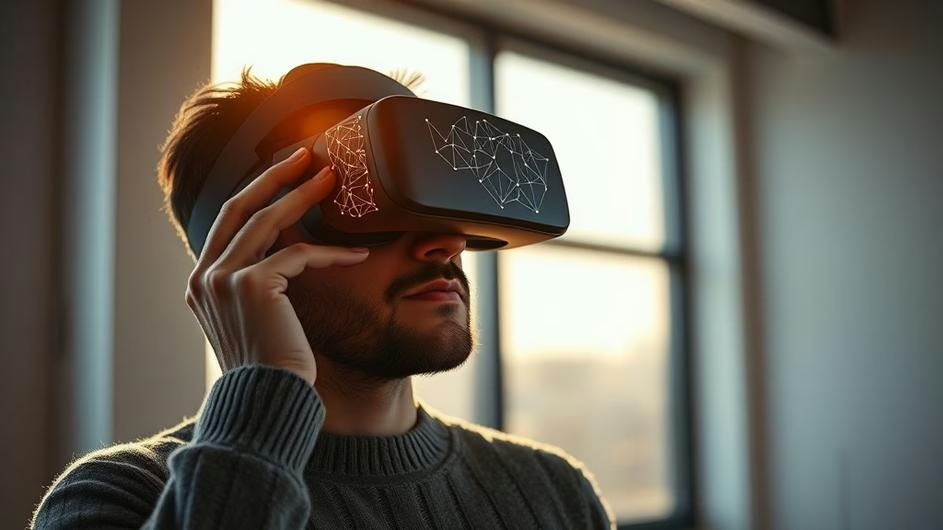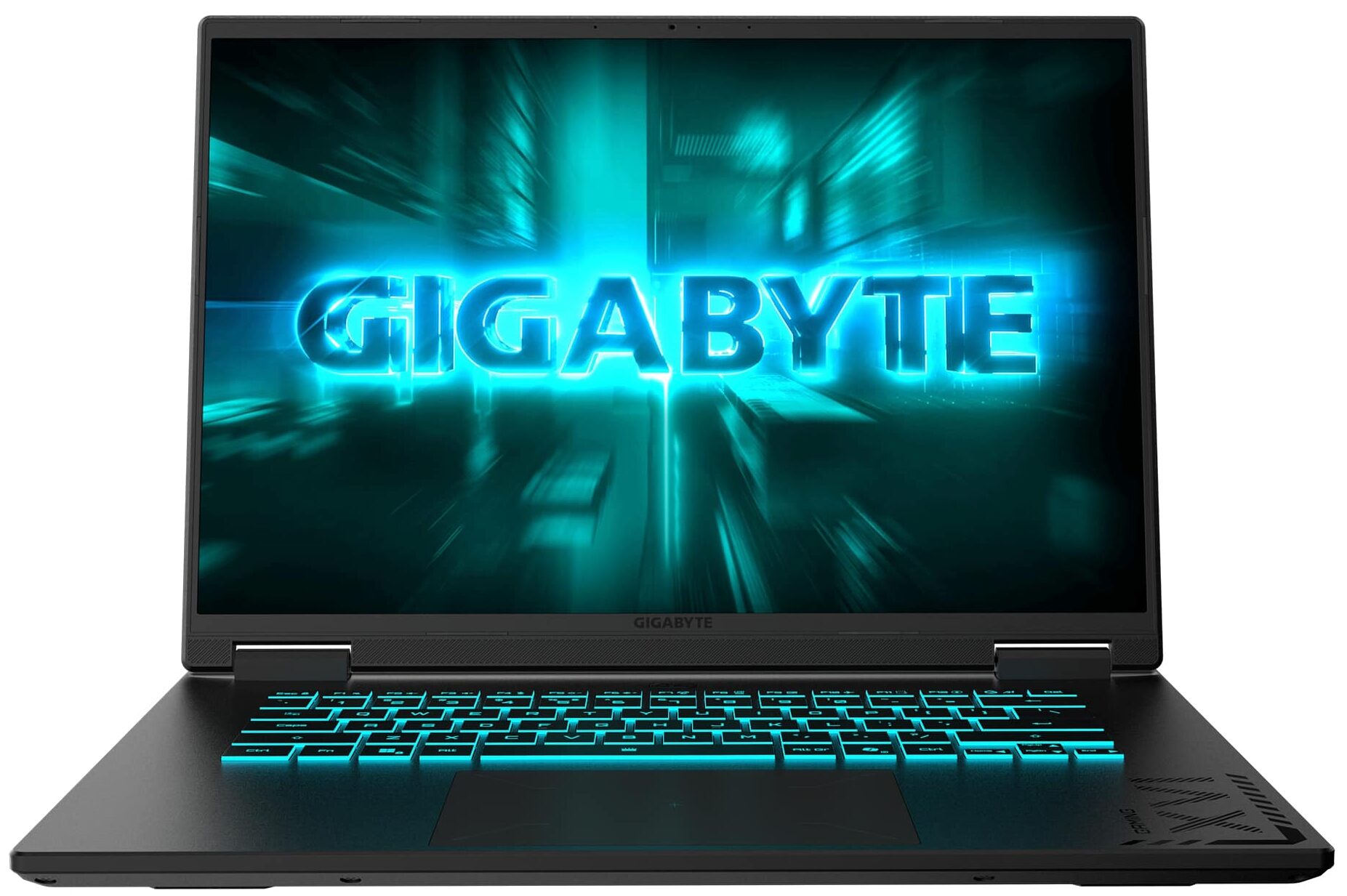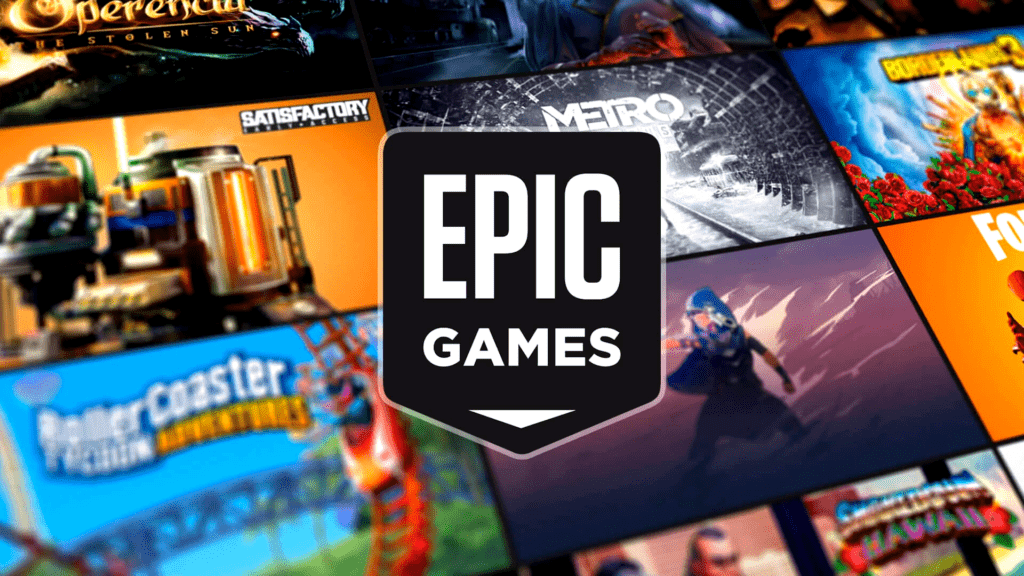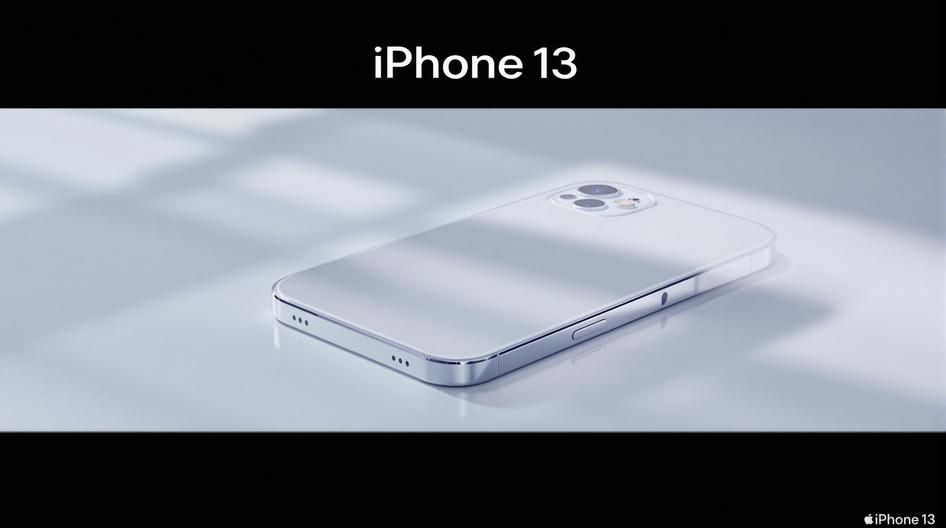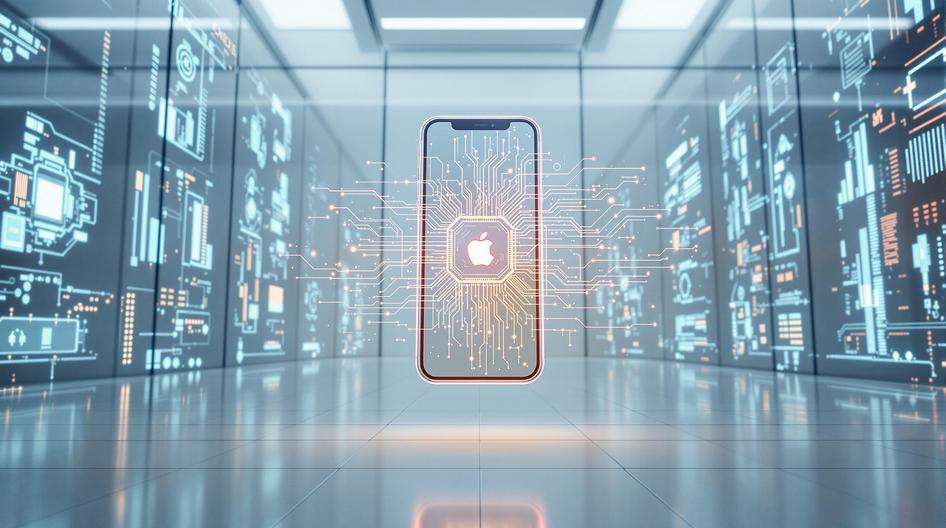
Apple’s October Surge: Devices, Disruption, and the Road to Web3 Innovation
Apple’s having quite the October. Between stock rallies, legal battles, and some seriously impressive product launches, the tech giant is showing exactly why it remains a force to be reckoned with in an increasingly competitive landscape. But what’s really interesting is how Apple’s moves this month hint at bigger shifts happening across the entire tech industry, from traditional computing to the emerging Web3 space.
Market Dominance Gets Real
Let’s start with the numbers that matter. Apple overtook Microsoft to become the world’s second-most valuable company this month, with its market cap pushing close to $4 trillion for the first time. The driver? Massive demand for the iPhone 17, particularly in the US and China.
Here’s what caught my attention: the iPhone 17’s base model alone grabbed 22% of new sales, a 31% jump over the iPhone 16’s initial performance. For anyone tracking smartphone innovation trends, this kind of sustained excitement in what many consider a mature market is genuinely impressive. While crypto markets swing wildly on speculation, Apple’s steady climb shows how consumer trust and consistent innovation create lasting value.
Legal Troubles in the UK
Not everything’s smooth sailing though. A UK court just ruled that Apple abused its App Store dominance, with claimants seeking over $2 billion in damages. The core issue? Apple’s practice of blocking rival app stores and allegedly overcharging customers.
This ruling matters beyond Apple. For developers working on decentralized applications or exploring blockchain alternatives, it reinforces a fundamental principle: open, competitive platforms drive innovation. The decision could accelerate development of decentralized app distribution and open-source alternatives that many in the crypto community have been pushing for.
Creativity Campaigns and Cultural Impact
Meanwhile, Apple’s doubling down on its creative heritage. The company launched a global Mac campaign this month, narrated by Jane Goodall, built around the theme “Great Ideas Start on Mac.” The campaign’s imagery of a blinking cursor on a blank page is simple but effective, showing how creators turn inspiration into reality.
What’s particularly relevant here is how this resonates with the AI and crypto development community. From NFT artists to DAO organizers, the creative leap from concept to implementation drives many of the most exciting projects in Web3. Apple’s emphasis on creativity aligns with blockchain culture’s ethos of permissionless innovation, even if their ecosystem remains tightly controlled.

Hardware Upgrades and Entertainment Expansion
On the product front, Apple’s been busy. New MacBook Pro and iPad Pro models now feature the much-anticipated M5 chip, delivering serious performance boosts for professionals and enthusiasts alike. The Vision Pro headset is also getting these upgrades, signaling Apple’s continued investment in mixed reality.
This matters for the broader tech ecosystem. Enhanced processing power in consumer devices enables more sophisticated applications, from immersive VR experiences to AI-powered workflows. For developers building the next generation of apps, whether traditional or blockchain-based, having this kind of computing power in users’ hands opens up new possibilities.
Apple also announced plans to stream Formula 1 races on Apple TV, expanding into high-profile live entertainment. This move into real-time sports content hints at the growing importance of tokenized fan engagement and digital collectibles that are reshaping how we experience sports.
Accessibility Through Pricing
What’s often overlooked is Apple’s current promotional pricing strategy. Deals on flagship hardware like the M4 MacBook Air and upgraded iPad Pro aren’t just about boosting sales. They’re democratizing access to professional-grade tools, potentially bringing a new wave of creators and technologists into the digital economy.
For the next generation of app developers, this accessibility could lower barriers to entry for building everything from traditional mobile apps to Web3 dApps and VR experiences.
Looking Ahead: Centralized Giants Meet Decentralized Innovation
Apple’s October tells a bigger story about where tech is heading. The company’s integrated hardware-software approach continues delivering value, but it’s facing pressure to adapt to an era defined by interoperability and open networks. Crypto and blockchain technologies are pushing for more open, composable systems.
The question isn’t whether Apple will embrace full decentralization, that’s unlikely. Instead, it’s about how the company will balance its controlled ecosystem approach with growing demands for openness and interoperability. The UK court ruling suggests that regulatory pressure might force some changes, potentially benefiting developers building alternative platforms and applications.
As we move through 2025, expect these tensions to intensify. Tech giants like Apple will need to navigate between maintaining their competitive advantages and adapting to a world where users increasingly expect choice, portability, and ownership of their digital assets. Those companies that find the right balance will help define not just the next generation of devices, but how we interact with technology itself.
Sources:
- Apple tops Microsoft as world’s second-most valuable company after stock rally, Forbes Australia, 21 Oct 2025
- UK court rules Apple abused App Store dominance, Gulfshore Business, 23 Oct 2025
- Jane Goodall’s Voice Powers Apple’s Ode to Creativity, ADWEEK, 20 Oct 2025
- Apple’s Speeding Through an Odd October and Winning, CNET, 24 Oct 2025
- Best Apple deals to shop this week: Save on the M4 MacBook Air, M5 iPad Pro, AirPods Pro, Mashable, 24 Oct 2025















































